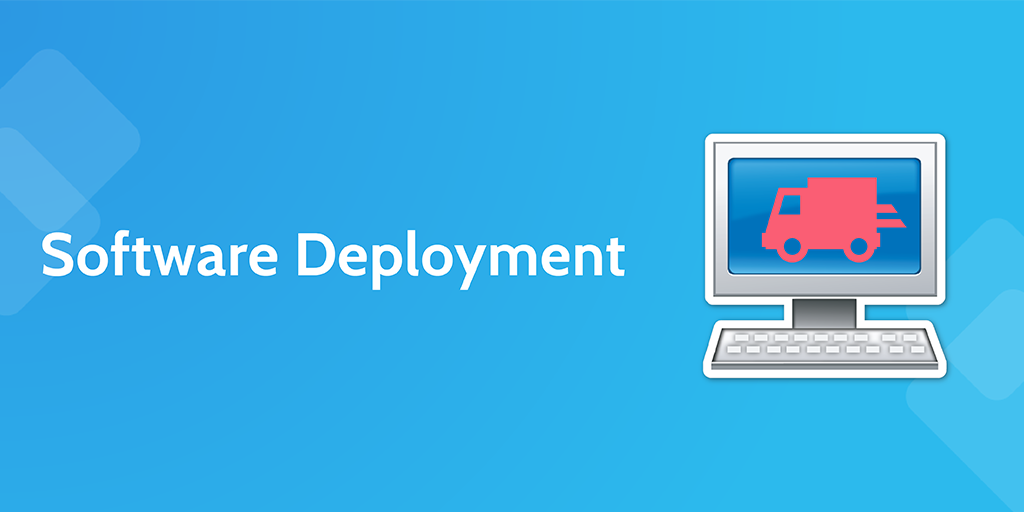Software Deployment
Overview
Software deployment is the process of delivering a software application or system to its intended users. It involves several stages, from initial development to final release and maintenance. Effective deployment ensures that software is delivered efficiently, securely, and with minimal disruption to users.

Key Stages of Software Deployment
- Planning:
- Requirements Gathering: Identify the needs and expectations of stakeholders.
- Deployment Strategy: Choose between different deployment strategies such as blue-green deployment, canary releases, or rolling updates.
- Development:
- Coding: Customize/Write the software code based on the requirements.
- Testing: Perform unit tests, integration tests, and system tests to ensure the software functions correctly.
- Build:
- Compilation: Convert the source code into executable code.
- Packaging: Bundle the executable code with necessary libraries and resources.
- Release:
- Versioning: Assign version numbers to track different releases.
- Release Notes: Document the changes, new features, and bug fixes in the release.
- Deployment:
- Environment Setup: Prepare the deployment environment, which could be on-premises, cloud-based, or hybrid.
- Deployment Automation: Use tools like Jenkins, Ansible, or Kubernetes to automate the deployment process.
- Monitoring and Maintenance:
- Monitoring: Continuously monitor the software for performance, security, and user feedback.
- Maintenance: Address any issues, apply patches, and update the software as needed.
Best Practices for Software Deployment
- Automation: Automate repetitive tasks to reduce human error and increase efficiency.
- Continuous Integration/Continuous Deployment (CI/CD): Implement CI/CD pipelines to streamline the development and deployment process.
- Rollback Plan: Have a plan in place to revert to the previous version if the new deployment encounters issues.
- Security: Ensure that security measures are in place to protect the software and its data during and after deployment.
- Documentation: Maintain comprehensive documentation for the deployment process, including configuration settings and troubleshooting steps.
Effective software deployment is crucial for delivering high-quality software to users. By following best practices and leveraging automation tools, organizations can ensure smooth and efficient deployments, minimize downtime, and maintain software reliability.


